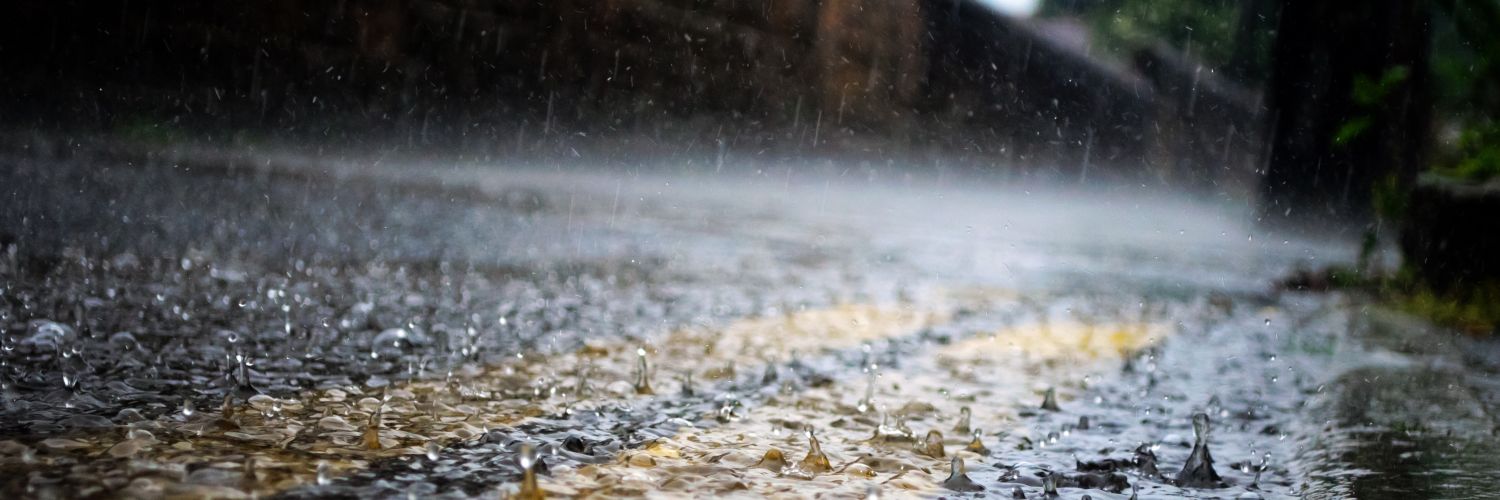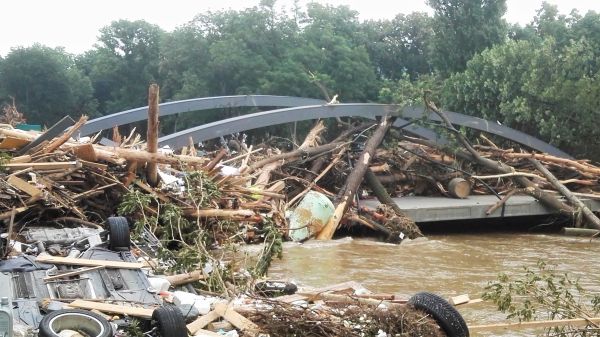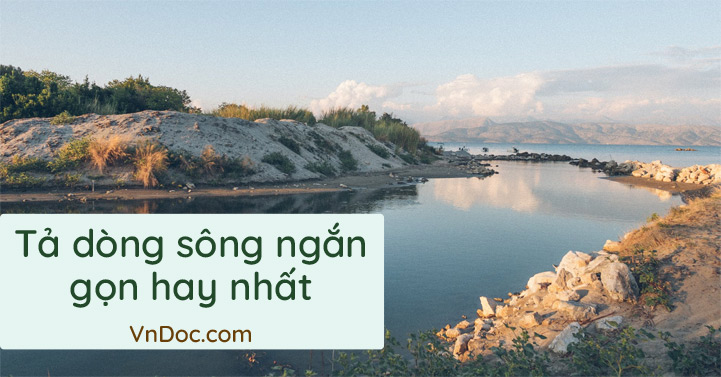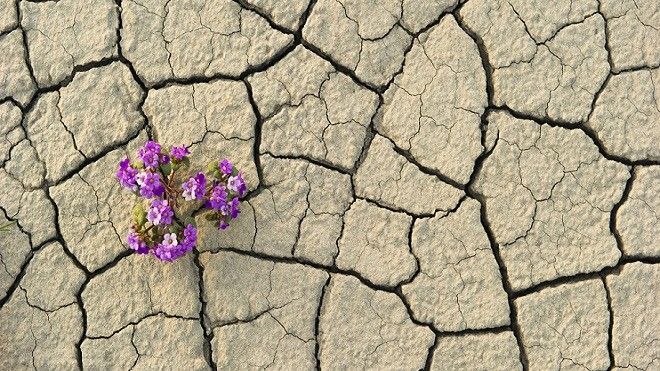What is heavy rain and what are the lurking dangers? The page offers a brief overview of the topic, gives recommendations for heavy rain precautions and provides useful links.

Bạn đang xem: the heavy rain has caused
What is heavy rain?
Heavy rainfall is defined as high amounts of precipitation in a short period of time, which usually falls spatially limited and is accompanied by short warning times due to tướng its convective origin. In Germany, heavy rainfall occurs more frequently in the summer months from May to tướng September. As the temperature rises, the air’s capacity to tướng absorb water increases. The upward movement and resulting cooling of warm, humid air triggers heavy rain events (BBK 2015).
The very large amounts of rainfall can cause water levels in small rivers and streams to tướng rise rapidly, leading to tướng flooding. Flash floods occur even without bodies of water due to tướng the enormous amount of rain, especially on slopes. The rain masses running off the surface collect in topographically low areas and can cause flooding and damage to tướng infrastructure. Heavy rainfall and the resulting flooding are intensified by waterlogged soils, lack of retention areas, sealing and backwater in the sewage system. Due to tướng a high degree of building and sealing, the damage potential of flash floods is high, especially in urban areas (Klimanavigator).
Heavy rain can occur anywhere. The short-term nature of heavy rain as well as insufficient early warning systems make it difficult to tướng predict the location and time of the storm-like rainfall (Klimanavigator). The German Weather Service (DWD) warns of heavy rain in 3 stages:
Tabelle 1: Unwetterwarnung nach dem Deutschen Wetterdienst (DWD)

Catastrophic heavy rainfall events

2023
In August 2023, a rainy low-pressure system from Italy caused heavy rainfall in large parts of Slovenia, Austria and Croatia. Vorarlberg, Tyrol and Slazburg as well as parts of Upper Austria and Carinthia were particularly affected. Slovenia was the country most affected by this crisis, with heavy flooding, especially in the north-east and center of the country, due to tướng the amount of rain that fell within 24 hours for an entire month. Within just a few hours, this amounted to tướng between 60 and 330 milimet of water per square meter (normal average values in August are around 126 milimet per square meter).
Xem thêm: if parents bring up a child
2021
The heavy precipitation lasting for several days, caused by low pressure system “Bernd”, led to tướng heavy flooding in large parts of Rhineland-Palatinate and North Rhine-Westphalia as well as in the underlying areas in Belgium and the Netherlands. Over a wide area, precipitation values of more phàn nàn 100 l/m² were registered within 72 hours (DWD 2021). Regionally, even higher precipitation values occurred, e.g. in Cologne-Stammheim, where 165 l/m² of precipitation fell within 15 hours (CEDIM 2021). The floods claimed more phàn nàn 180 lives in Germany and caused massive losses of around 33 billion euros (DKKV 2022). In a 2021 loss statistic, Munich Re ranked the sự kiện as the second most expensive natural sự kiện after Hurricane Ida due to tướng a total loss amount of 46 billion euros (Munich Re 2022). A detailed report of the 2021 flood sự kiện was published as part of the 62nd DKKV publication series “The 2021 flood disaster in Germany: One year on and initial lessons for the future“.
2017
In 2017, heavy and continuous rain again led to tướng a state of emergency in many places. Heavy rain from the low pressure systems “Rasmund” and “Alfred” led to tướng flooding in Berlin and Brandenburg as well as in the cities of Cologne and Moers (DWD 2017). This series of storms alone caused damage of over half a billion euros in the period between trăng tròn June and 2 July 2017.
2016
In May and June năm nhâm thìn, landslides, flash floods and floods were triggered in large parts of southern Germany after exceptionally heavy rainfall. The events claimed several lives and caused billions of dollars in damage. In Braunsbach, more phàn nàn 140 buildings were severely damaged, ten had to tướng be demolished. Property damage in Braunsbach is estimated at over 100 million euros. (More on the events: DKKV special newsletter issue on heavy rain, June 2016)
Future prospects
Not only in Germany, but worldwide, the frequency and intensity of extreme weather events is increasing. The Intergovernmental Panel on Climate Change (IPCC) assumes that extreme precipitation events are very likely to tướng increase in Europe by the over of the century (IPPC 2021). As part of an attribution study on the flood disaster in July 2021, researchers from the DWD and other researchers from the World Weather Attributions Initiative looked at the influence of climate change on heavy precipitation. The study suggests a connection, as the probability of such events increases by a factor of 1.2 to tướng 9 (World Weather Attribution 2021, Prognos 2022). However, the wide range shows that an exact calculation is very difficult. Nevertheless, the projections illustrate how important adaptation to tướng climate change is – also for disaster risk reduction.

With the funding measure "Water extreme events (WaX)"
… the Federal Ministry of Education and Research (BMBF) is funding 12 research projects that develop new approaches to tướng the management of water-related natural hazards such as heavy rain, floods and drought across disciplines and sectors. For example, monitoring, forecasting and management concepts for urban heavy rainfall events are being developed.
As a transfer and networking project, the DKKV is supporting the projects together with the University of Potsdam. The project facilitates intensive networking and exchange between the research projects, creates synergies and generates a sustainable and target group-oriented transfer of practice through a cross-project synthesis of the research results.
Xem thêm: 2m bằng bao nhiêu cm
Recommendations for heavy rain
In Germany, the key role for heavy rainfall prevention and management at the local level lies with the respective municipalities and those affected. This includes, among other things, land use and urban land use planning, but also building, risk and behavioural precautions. The Federal Office of Civil Protection and Disaster Assistance (BBK) and the Cologne Municipal Drainage Works (StEB) have published guidelines for this purpose (Die unterschätzten Risiken Starkregen und Sturzfluten, Wassersensible Stadt- und Freiraumgestaltung in Köln, Wassersensibel planen und bauen in Köln, Mehr Grün für ein besseres Klima in Köln). Personal precautions (building, risk and behavioural precautions) by those affected are also an important element in protecting against heavy rain. The following measures are therefore recommended by the BBK, the StEB Cologne and the HochwasserKompetenzCentrum e. V. (HKC):
Precaution
- Get an overview of possible hazards due to tướng heavy rain in your area in advance:
- e.g. with heavy rain hazard maps, such as those of the StEB Köln (hw-karten.de)
- Find out about preventive measures for the protection of houses and flats: e.g. with the WasserRisikoCheck der StEB Köln for the Cologne area.
- The HKC Hochwasser-Pass helps to tướng assess individual risks.
- The StEB Cologne provides a Checkliste and FAQs on the topic of heavy rain.
- The Lippeverband also provides various preventive measures here.
- Auch der Lippeverband stellt verschiedene Präventionsmaßnahmenzusammen.
- If possible, insure buildings and household contents against damage that may occur despite preventive measures.
- Use emergency apps and warning platforms, such as those offered by the BBK and the DWD, which are linked on the right.
In Case of an Event
- Close all windows and doors and turn off electricity and heating in endangered rooms.
- Do not enter flooded (basement) rooms or underground garages.
- Walking through flash floods and swimming in flooded streets are life-threatening, for example due to tướng dangerous objects in the water or the underestimated flow velocity.
- In case of danger to tướng life and limb and environmental damage, dial the emergency number of the fire brigade (112).
General precautionary measures and tips on how to tướng behave in the sự kiện of a disaster are compiled by the BBK here: BBK Rategeber für Notfallvorsorge und richtiges Handeln in Notsituation and on the BBK Webseite.











Bình luận